Ginseng Seed Propagation – Tips For Growing Ginseng From Seed
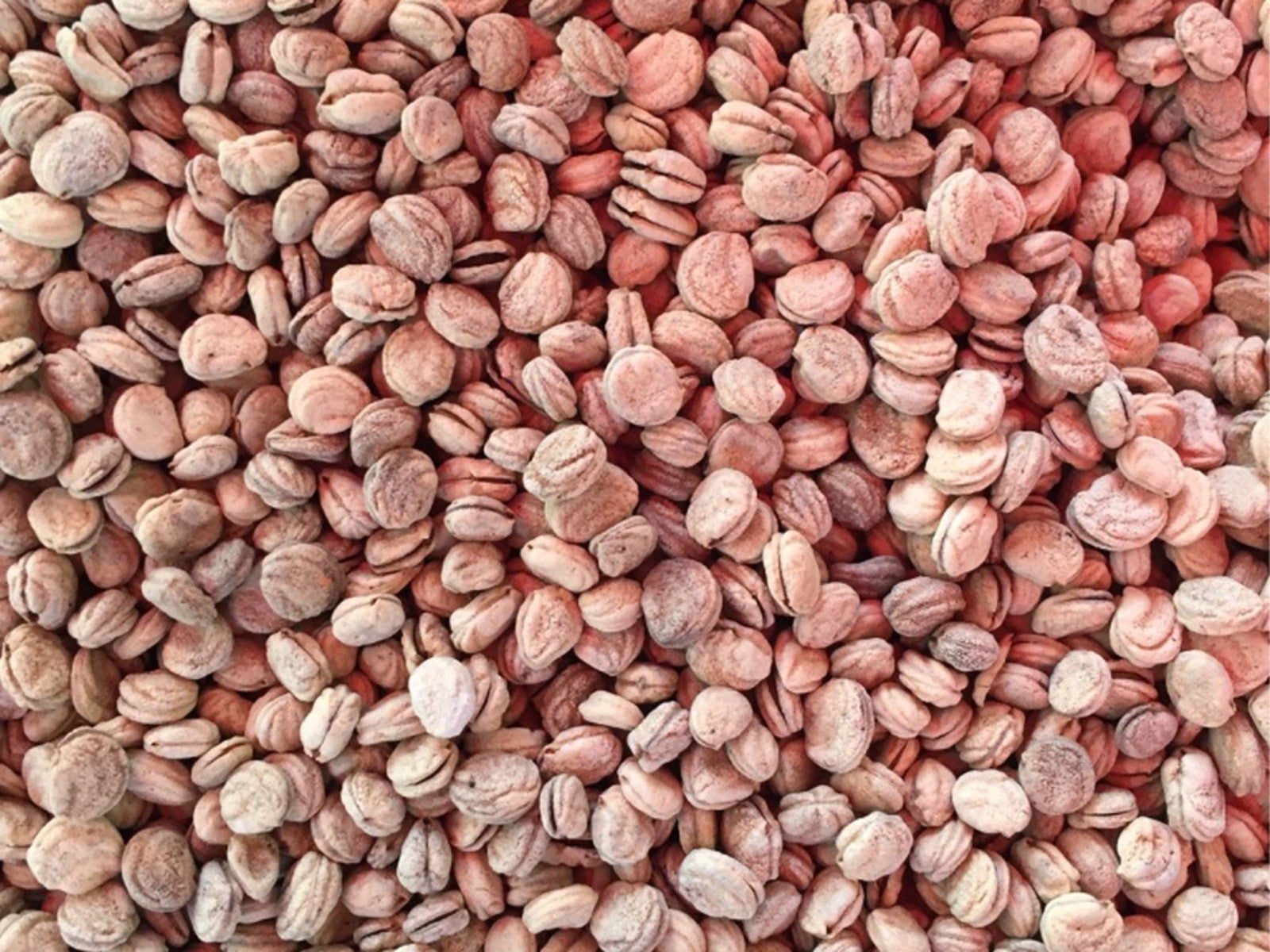

Since fresh ginseng can be hard to come by and expensive, wanting to grow your own ginseng plants is a logical wish. However, it can take up to three or more years before the roots are ready to harvest, so a bit of know-how is needed to reap the benefits of this helpful herb. Keep reading to learn how to plant ginseng seeds and what particular circumstances these helpful roots require.
What Is Ginseng?
American ginseng (Panax quinquefolius) is often compared to ginger, but its complex flavor is a trait of its own. A similarly zingy and spicy root, ginseng is a native North American plant. It is found in the deciduous forests of the eastern North America. Ginseng was one of the first American exported herbs, with much of the crop going to China. During the 1970s, it was over-harvested and is not as prevalent as before. American ginseng is similar to Asian ginseng, a wild crop in northern Manchuria.
About Ginseng Propagation
It's possible to forage for ginseng seed but be cautious, as many crops are proprietary or under protection. Ginseng is a threatened species in places like Virginia, where it is illegal to harvest wild stands.
The sweet licorice flavor of the herb makes it a popular and expensive commodity. Ginseng is also purported to have various health benefits and is essential for various Asian medicines. It is commonly found dried in health food or supplement stores, but getting hold of fresh roots can be tricky unless you have a good Asian market nearby.
A better way to get ginseng seeds for planting is to order them. Several reputable sites exist online, or specialty nurseries may carry the seed. The plants may also be started from roots, but they're usually grown from seed. Starting with roots results in a faster plant and earlier harvest, but is more costly than growing from seed.
Ginseng is a shade-loving perennial whose seeds need several specialized conditions before germination is possible. For example, ginseng drops its berries, but they don't sprout until the following year. The berries don't sprout because they need to lose their flesh, and the seeds need to experience a period of cold.
The home grower can mimic this stratification process in their garden or greenhouse. Purchased seeds have already had their flesh removed and may already be stratified. It is best to check with the seller to determine if this is the case; otherwise, you must stratify seeds yourself.
Gardening tips, videos, info and more delivered right to your inbox!
Sign up for the Gardening Know How newsletter today and receive a free copy of our e-book "How to Grow Delicious Tomatoes".
How to Grow Ginseng from Seed
There are two main methods to grow ginseng: field-grown and wild-grown. Field-grown ginseng is produced under shade and takes more effort than wild-grown methods. Field-grown plants are also considerably less profitable due to lower quality crops and a need for a significant expenditure to purchase shade covers.
Wild-grown ginseng requires ownership of woodland, where cultivation mimics the natural propagation. It is cautioned to select the site carefully to protect the crop from poachers. You should pick the best method of growth based on the availability of resources, such as space, time, and money, and your purpose (profit vs. personal).
Ginseng Seed Growing Conditions
Ginseng prefers north and east-facing locations on slopes with good drainage. There should be 70-90 percent tree canopy shade for optimal results. The site should be free of competitive understory plants and have generous airflow, which means removing the lower branches of selected plants to encourage air movement. The average annual soil temperature should be 50 degrees Fahrenheit (10 C), and receive 40 to 50 inches (101-127 cm.) of rainfall annually.
Stratifying Ginseng Seeds
Stratification is necessary, or the seed may not germinate. If your seed has yet to be stratified, the process is relatively easy but will add to the long germination period, which can take up to 18 months. First, make sure your seed is viable. They should be firm and off-white to tan in color with no odor. Next, soak your unstratified seeds in formaldehyde followed by fungicide. Then bury the seed outside in moist sand, or put it in the refrigerator. The seed must experience cold temperatures for 18 to 22 months before planting in the autumn or early winter. If you receive seed outside of the planting period, store it in the refrigerator until planting time.
How to Plant and Care for Ginseng Seeds
The best time to plant is in the fall to early winter. Wild-grown planting is as simple as scratching up the soil and distributing seeds at a rate of 4-5 seeds per foot (0.3 m) and 1 ½ inches (4 cm) deep. Select a site with no weeds in at least partial shade where the soil drains well. It is a good idea to plant in successive years to allow for the harvest of roots consistently. After sowing the seed, cover it with a layer of leaf litter. Hand weed and mulch around the plants as they sprout. The first-year plants look nothing like mature ginseng, so it is advisable to familiarize yourself with their appearance to avoid weeding out the seedlings.
Ginseng will do well if left alone. You only need to keep weeds away from the bed and ensure the soil is moderately moist. As the plants develop, keep watch for slugs and other pests and fungal issues—thin plants to 2 per square foot (0.09 square m) to prevent overcrowding and ensure good airflow. There are also several recommended pesticides for use. Check with your extension office for fungicide recommendations.
The rest relies upon patience. Ginseng is harvested in the third year after seeding. Dig up roots, wash them, and dry them on racks. Store well-dried ginseng roots in a dry, rodent-proof container.

Bonnie Grant is a professional landscaper with a Certification in Urban Gardening. She has been gardening and writing for 15 years. A former professional chef, she has a passion for edible landscaping.
-
 Moody Blooms For Spring: 8 Types Of Black Flowers To Add Drama To Spring Displays
Moody Blooms For Spring: 8 Types Of Black Flowers To Add Drama To Spring DisplaysFrom midnight burgundies to inky violets, several types of black flowers can enrich and embolden a spring display. Try these brooding bloomers for a moody garden
By Tonya Barnett
-
 Can Snake Plants Live Outside? Everything You Need To Know For Snake Plants Al Fresco
Can Snake Plants Live Outside? Everything You Need To Know For Snake Plants Al FrescoSnake plants can live outside given the right conditions, but be careful that they don't take over! Learn the best way to use snake plants in your landscape.
By Mary Ellen Ellis
-
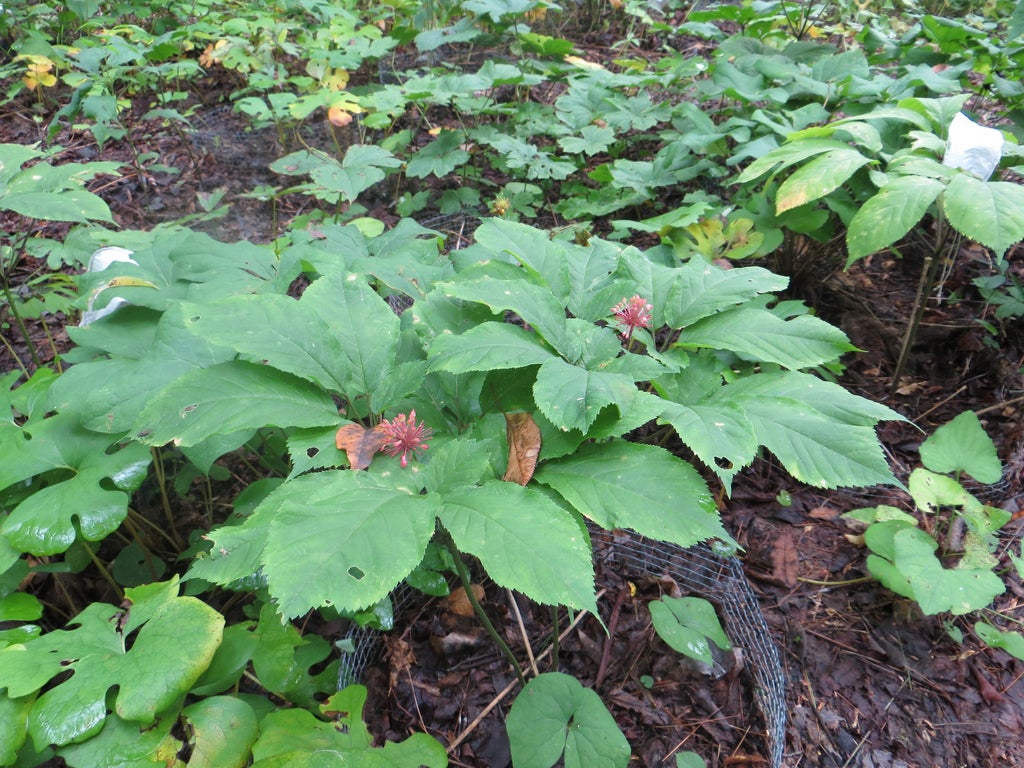 Ginseng Winter Care – What To Do With Ginseng Plants In Winter
Ginseng Winter Care – What To Do With Ginseng Plants In WinterMany people are able to produce adequate crops of ginseng root in a wide range of climatic conditions. With special consideration and the establishment of seasonal care routines, growers can maintain healthy ginseng plants for years to come. Learn about winter care here.
By Tonya Barnett
-
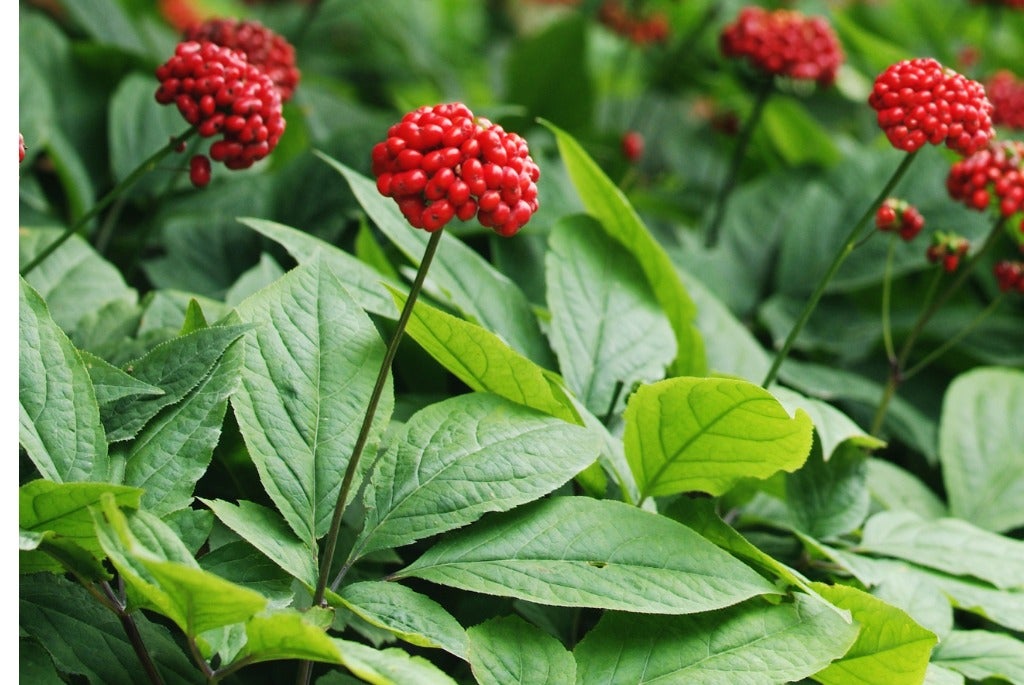 What Is Asian Ginseng – Learn How To Grow Korean Ginseng Plants
What Is Asian Ginseng – Learn How To Grow Korean Ginseng PlantsGinseng is featured prominently in a number of energy drinks, tonics and other health related products. On many of these products, the type of ginseng is called Asian or Korean ginseng root. The following article discusses how to grow Korean ginseng root.
By Amy Grant
-
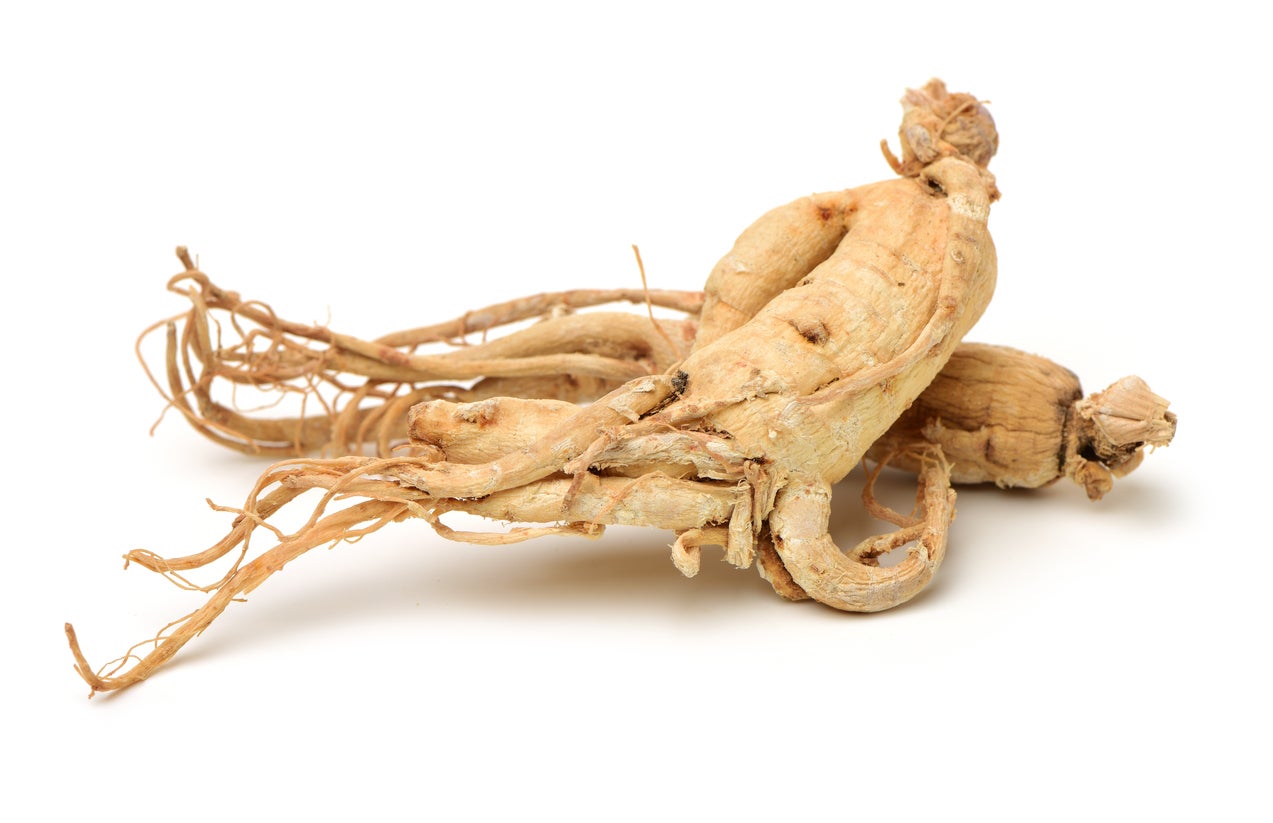 Wild Simulated Ginseng Plants: How To Grow Wild Simulated Ginseng
Wild Simulated Ginseng Plants: How To Grow Wild Simulated GinsengGinseng can command a significant price and may be an excellent opportunity for non-timber income on forest lands, which is where some enterprising growers plant ginseng. Click here to find out what wild simulated ginseng is and how to grow this plant yourself.
By Amy Grant
-
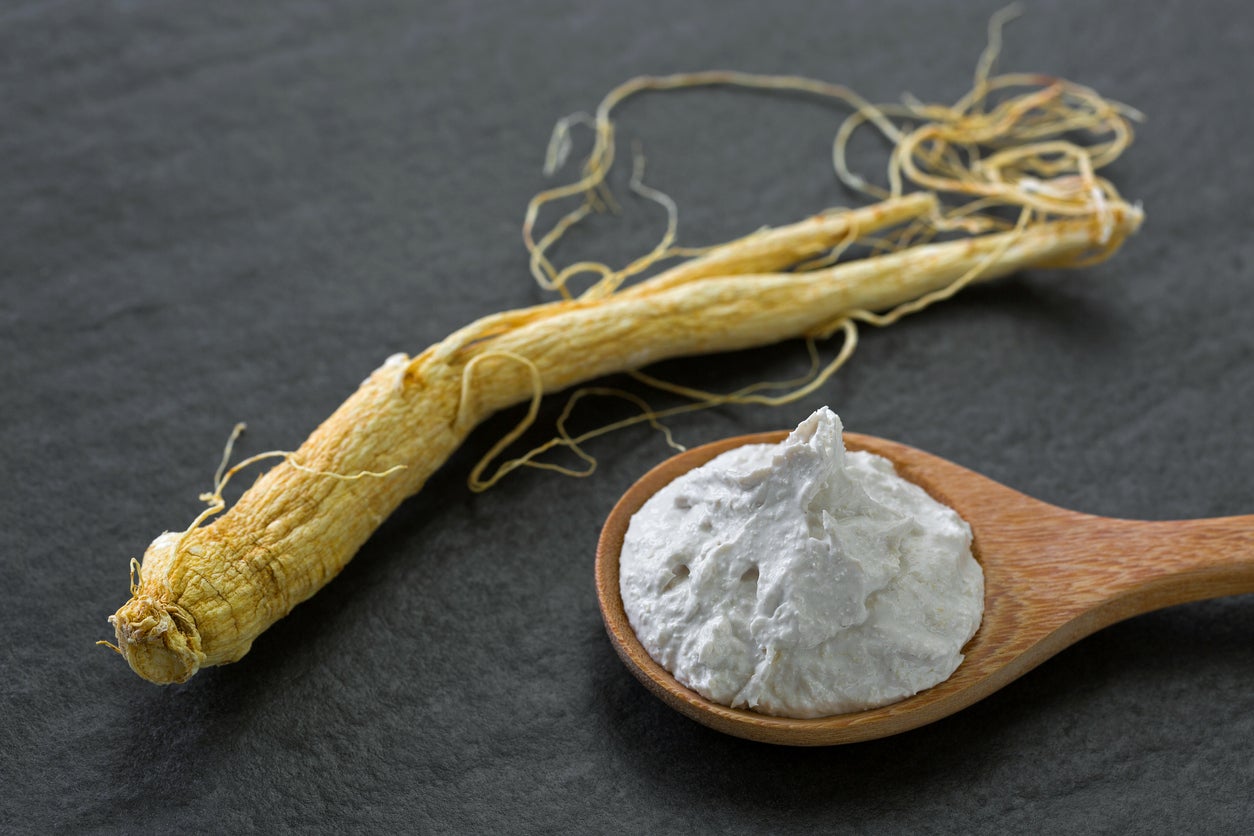 Medicinal Ginseng Remedies – Using Ginseng For Health Benefits
Medicinal Ginseng Remedies – Using Ginseng For Health BenefitsIn Asia, medicinal ginseng dates back several centuries. In North America, herbal ginseng use dates back to the early settlers, who used the plant to treat a number of conditions. Is ginseng good for you? What do medical experts say about using ginseng for health? Find out here.
By Mary H. Dyer
-
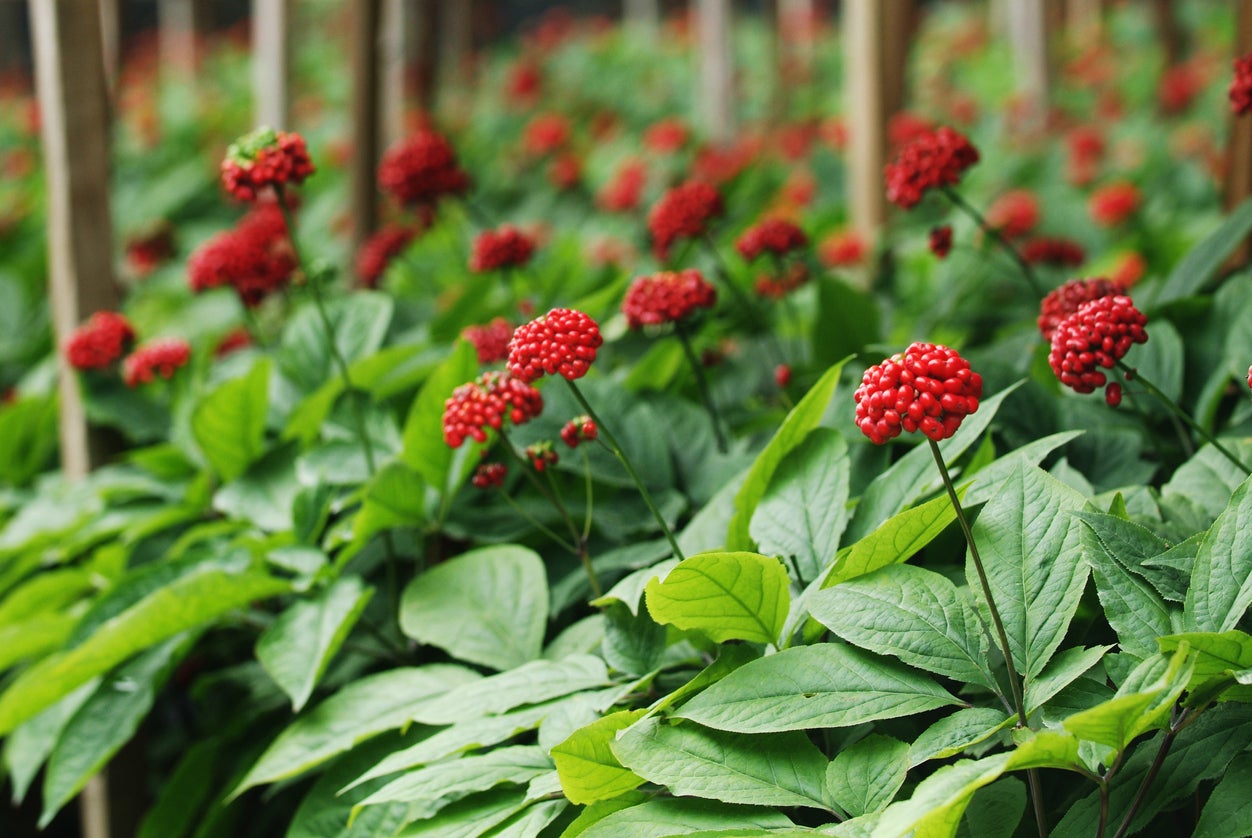 Ailing Ginseng Plants – Identifying Common Ginseng Problems
Ailing Ginseng Plants – Identifying Common Ginseng ProblemsGinseng is a great plant to grow because you can enjoy a lot of potential health benefits from using the medicinal root. Unfortunately, there are a lot of ginseng problems you may encounter in the garden, as this is not the easiest plant to grow. Learn more here.
By Mary Ellen Ellis
-
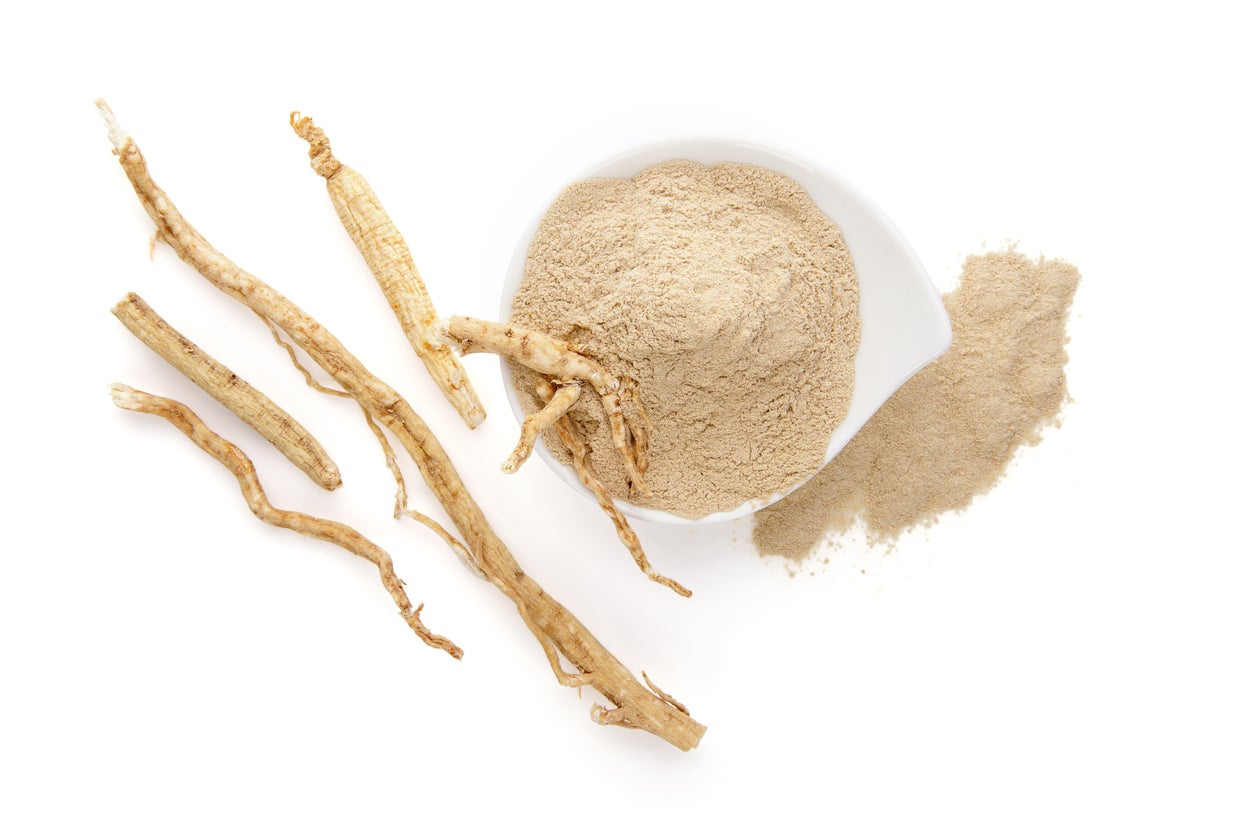 Dried Ginseng Root: Learn How To Store Ginseng Plants
Dried Ginseng Root: Learn How To Store Ginseng PlantsGrowing ginseng as an alternative crop is increasing in popularity, but it does take some commitment and it is necessary to learn how to dry ginseng root properly and store for later use. The information in this article can help with that.
By Amy Grant
-
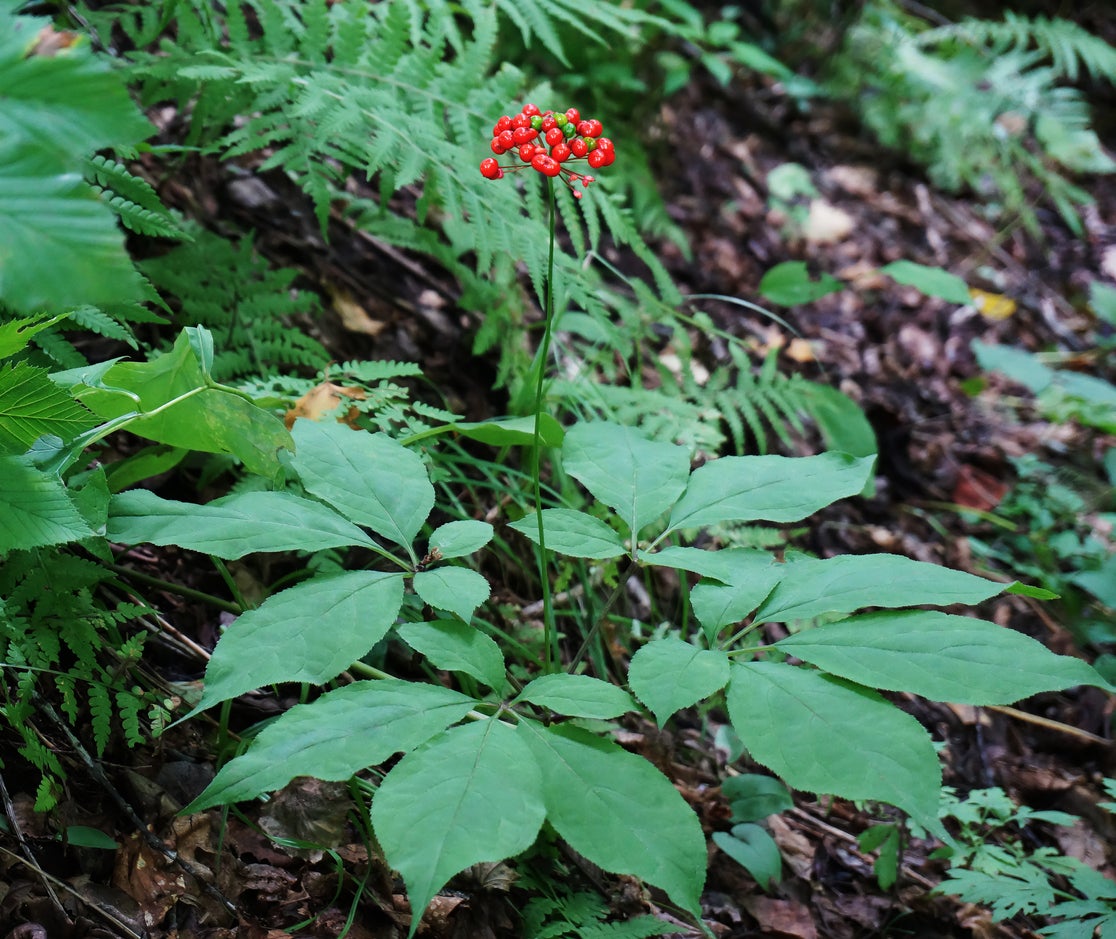 Potted Ginseng Care: Can You Grow Ginseng In Containers
Potted Ginseng Care: Can You Grow Ginseng In ContainersGinseng prefers to grow outdoors, either in beds or in pots. If you have questions about growing ginseng in containers, click here. We’ll give you information about potted ginseng including tips to help container-grown ginseng thrive.
By Teo Spengler
-
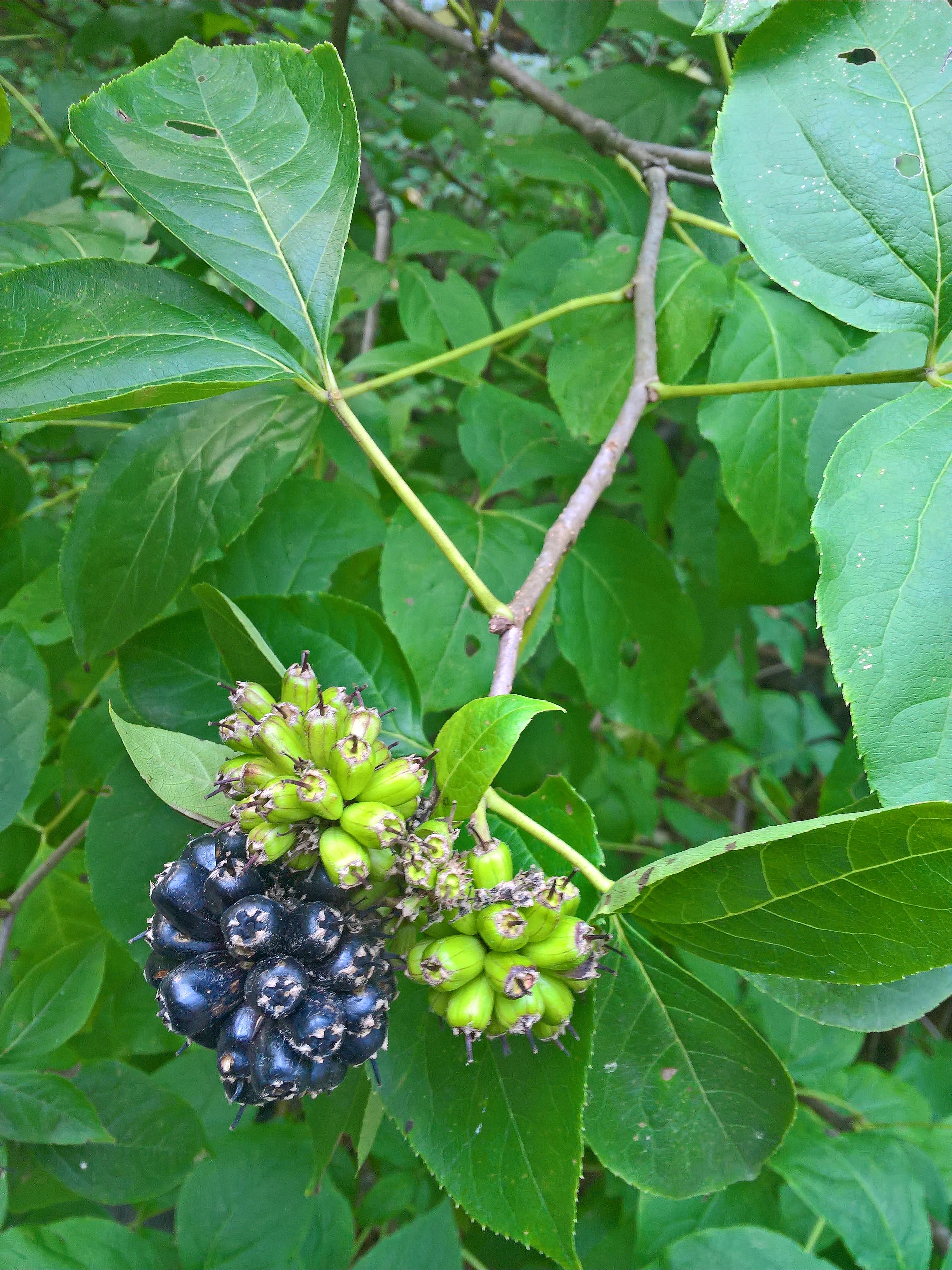 Varieties Of Ginseng For The Home Gardener
Varieties Of Ginseng For The Home GardenerThere are several types of ginseng on the market today, including a few varieties of “ginseng” that are similar in many ways, but aren’t actually a true ginseng. Click on the following article to learn more about different types of ginseng.
By Mary H. Dyer